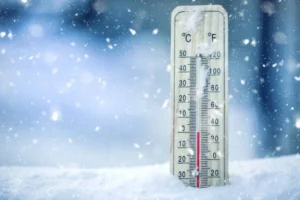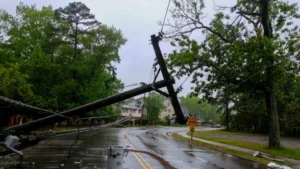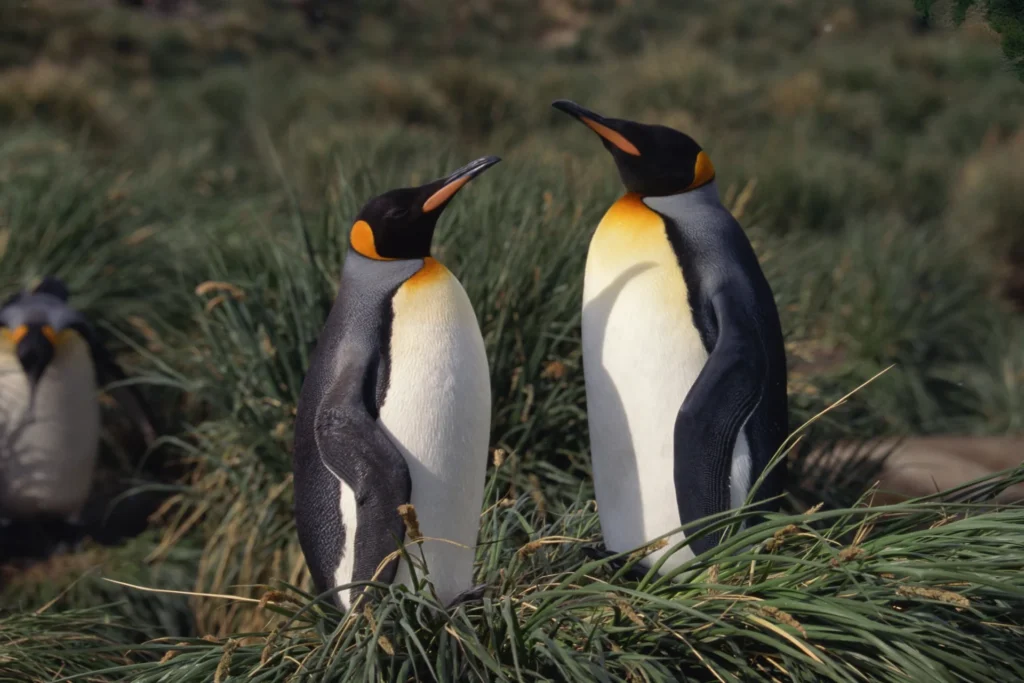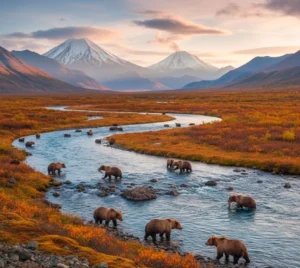Let’s explore where penguins really live, whether they could survive in Alaska, and where you might actually get to see one up close.
Do Penguins Naturally Live in Alaska?
The short answer is no. Penguins are adapted to the environments of the Southern Hemisphere, with 18 known species living mainly around Antarctica, South America, and parts of Africa and New Zealand. The Galápagos penguin, the only species that lives near the equator, is the northernmost of the group. Alaska, located far from penguin habitats, lacks the ecosystems and conditions penguins need to thrive.
Penguins and Their Natural Habitat
Can Penguins Survive in Alaska’s Climate?
Although Alaska’s climate has some similarities to penguin habitats, such as cold waters and coastal areas, the necessary conditions for penguin populations to survive aren’t present.
Why Penguins Don’t Live in Alaska?
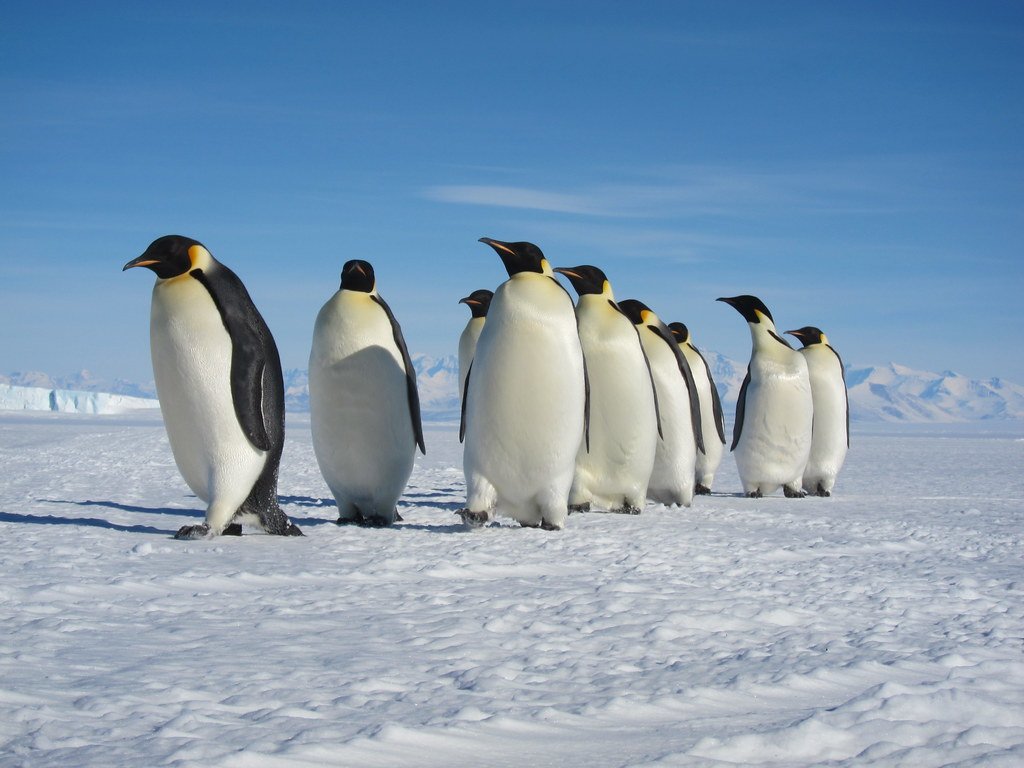
- Lack of Cold Ocean Currents and Food: Penguins rely on cold, nutrient-dense waters, rich in fish and krill, which are abundant in the Southern Hemisphere.
- Predation Risks: Natural predators, such as polar bears and other Arctic animals in Alaska, would make it difficult for penguins to establish colonies.
- Lack of Safe Breeding Sites: Penguins require secure nesting sites to raise their young, which Alaska’s landscapes don’t provide.
Rare Penguin Sightings in Alaska: Fact or Fiction?
Interestingly, there have been a few rare penguin sightings in Alaska over the years. These sightings, while surprising, aren’t entirely mythical. Here’s a breakdown of when and why penguins have occasionally appeared in Alaskan waters.
Documented Sightings of Penguins in Alaska
The first official penguin sighting in Alaska was documented on July 30, 2002. Fishermen near Prince of Wales Island spotted a Humboldt penguin, which measured around 20 inches tall. This rare visitor was later identified by an expert from the University of Washington.
As early as 1976, there were occasional reports of penguins spotted in Alaskan waters, suggesting that while rare, these occurrences have happened over decades.
Humboldt Penguins: A Case of Accidental Visitors
The Humboldt penguin, commonly sighted in these rare cases, is native to the coastal regions of Chile and Peru. These penguins are accustomed to colder waters but rely on the specific marine currents of their home region.
Where to See Penguins in Alaska: Zoos and Aquariums
While wild penguins aren’t found in Alaska, residents and visitors can still enjoy them in captivity. Zoos and aquariums offer a chance to observe these amazing birds up close and learn more about their lifestyles.
Places to See Penguins in Alaska
- Alaska SeaLife Center in Seward: This facility features various seabird species and often includes penguin exhibitions.
- Alaska Zoo in Anchorage: Occasionally hosts penguin exhibits, providing educational information about these fascinating birds.
These facilities provide a controlled environment where penguins can thrive without the challenges of the Alaskan wild.
Conclusion
So, are there penguins in Alaska? Not in the wild. Penguins are exclusive to the Southern Hemisphere, where ocean conditions, food sources, and climates perfectly match their survival needs. Alaska’s few penguin sightings were rare cases, likely due to accidental human transport, and do not indicate a natural population.
But thanks to Alaskan zoos and aquariums, you can still enjoy watching penguins up close. And for those hoping to spot a penguin-like bird in the wild, Alaska’s charming puffins offer a unique and colorful alternative. Whether learning about penguins at a zoo or spotting puffins along the Alaskan coast, there’s plenty of seabird excitement to discover in Alaska.
FAQs
No, penguins aren’t native to Alaska. But there have been a few rare sightings, like a Humboldt penguin that fishermen found tangled in a net near Prince of Wales Island in 2002. Experts believe these rare sightings are due to penguins accidentally traveling on fishing boats from the Southern Hemisphere, where they naturally live.
Penguins mainly live in the Southern Hemisphere, with several species found in Antarctica. They aren’t native to Alaska or any other places in the Northern Hemisphere.
In most places, including Alaska, it’s illegal to own a penguin as a pet due to wildlife protection laws. Penguins also require very specific living conditions, which make them unsuitable as pets.
Yes, Alaska is home to polar bears, especially on the northern coast and around St. Lawrence Island. But penguins and polar bears don’t live together in Alaska since penguins aren’t native to this region and are found only in the Southern Hemisphere.

